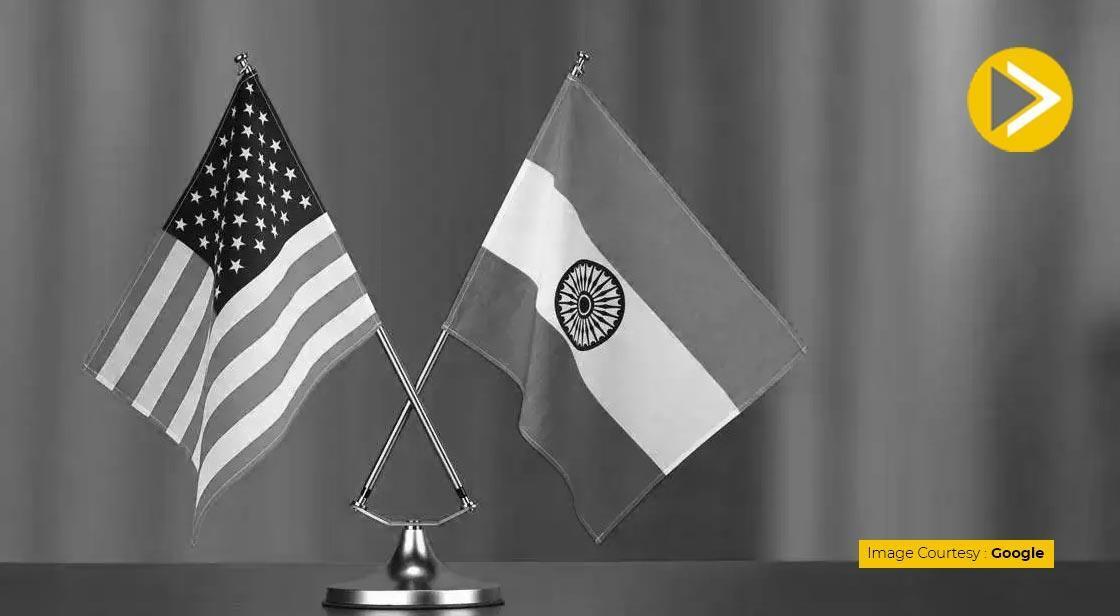How Donald Trump’s Tariffs & India’s Duty Cuts Will Reshape Global MedTech

News Synopsis
US President Donald Trump has declared that his administration will implement a comprehensive tariff plan extending beyond a select group of 10 to 15 nations. Scheduled for announcement on Wednesday and referred to as “Liberation Day,” these tariffs will reportedly target multiple sectors, including medical devices, steel, aluminum, and automobiles.
The US President Donald Trump has already imposed heightened tariffs on all goods imported from China and now aims to introduce reciprocal tariffs against countries that levy duties on U.S. exports. As a result, major medical device manufacturers are closely monitoring potential policy changes that could affect their operations and supply chains.
Donald Trump’s Tariff Strategy: A Global Impact
How Medical Device Companies Are Reacting
Currently, medtech firms are adopting a cautious approach, waiting to assess the full impact of the new tariffs. Some industry insiders speculate that medical devices and their manufacturing components may receive exemptions.
Companies like Intuitive Surgical (ISRG) and Becton Dickinson (BDX) face potential exposure to tariffs on Mexican imports, while others—including Illumina (ILMN), Exact Sciences (EXAS), Mesa Laboratories (MLAB), Revvity (RVTY), Waters (WAT), Stryker (SYK), Zimmer Biomet (ZBH), and Hologic (HOLX)—have reported minimal impact from trade duties imposed on imports from Mexico and Canada, as per media reports.
Industry Advocacy for Exemptions
-
The Advanced Medical Technology Association (AdvaMed), a leading industry body, has urged the U.S. government to exempt medical devices and supplies from the tariffs. Notably, during his first term, Trump excluded certain medtech imports from China.
-
The American Hospital Association (AHA) has echoed this stance, warning that tariffs on essential medical supplies—such as syringes, pulse oximeters, and anesthesia instruments—could disrupt surgeries and patient care.
-
According to Medical Device Network, nearly 69% of medical devices sold in the U.S. are fully manufactured outside the country, many of which are sourced from China.
The Rising Role of Mexico in MedTech Manufacturing
Why Mexican Imports Matter
A Forbes report highlights that the biggest challenge could stem from a 25% tariff on medical imports from Mexico. With its competitive manufacturing costs and lower wages, Mexico has rapidly become a key hub for medical device production. As the seventh-largest exporter of medical goods globally, Mexico leads in supplying the U.S. with essential medtech products, ranging from ultrasound machines to infusion pumps.
The proposed tariffs could significantly impact hospitals, private physicians, and surgery centers, increasing costs that will inevitably be passed down to patients and insurers.
The Market Outlook for US MedTech Industry
-
According to GlobalData, the U.S. medical equipment market was valued at $197.8 billion in 2023 and is projected to grow to $305.1 billion by 2033, at a 4.3% CAGR.
-
Trump’s proposed 60% tariffs on all Chinese imports could affect 13.6% of U.S.-marketed medical devices that are currently manufactured in China.
-
Companies heavily reliant on foreign manufacturing—such as L&K Biomed—could face challenges, whereas firms like Becton Dickinson (BDX), which manufactures only 12% of its products abroad, might have a competitive advantage.
-
The most impacted medical products include hospital supplies, diagnostic imaging equipment, anesthesia, and respiratory devices.
India’s Response: Weighing Duty Cuts and Market Reforms
Tariff Reductions Under Consideration
India is actively discussing potential tariff reductions on key imports from the U.S. According to a news agency, officials from the Prime Minister’s Office (PMO), Ministry of Commerce, and Ministry of External Affairs (MEA) are evaluating duty cuts on multiple product categories, including:
-
Medical & Scientific Instruments (Currently 7.5%-10%)
-
Cruise Ships (Currently 10%)
-
Aircraft (Currently 2.5%)
-
Spacecraft (Currently 10%)
-
Luxury Cars (Currently 100% for CIF value above $40,000, 70% below this threshold)
-
Turbo Jets & Propellers (Currently 7.5%)
-
High-End Jewellery & Gems (Currently 20%)
-
Footwear (Currently 35%)
-
Plastic Polymers & Organic Chemicals (Currently 7.5%-15%)
India’s MedTech Export Push
The Association of Indian Medical Device Industry (AiMED) has praised India’s move to activate the Export Promotion Council for Medical Devices (EPCMD), describing it as a landmark decision for the country’s medtech sector.
-
India’s medical device exports currently stand at ₹31,672 crore ($3.7 billion), growing at 14% YoY.
-
Top export destinations: USA, Germany, China, Netherlands, and Brazil.
-
The EPCMD aims to boost India’s self-reliance in medical manufacturing under the ‘Atmanirbhar Bharat’ initiative.
India’s Free Trade Agreement (FTA) Talks with the EU
According to Global Trade Research Initiative (GTRI), India should negotiate reciprocal trade concessions with the European Union (EU) before committing to any tariff cuts on medical devices.
-
India currently imposes zero to 10% tariffs on most medical devices.
-
The EU has strict regulatory barriers for Indian medtech exports, making market entry expensive.
-
India’s 2024 medical device trade balance: Exports of $2.3 billion, imports of $4.7 billion.
India’s Stance on U.S. MedTech Imports
A Business Standard report reveals that ongoing India-EU Free Trade Agreement (FTA) discussions on medical devices remain asymmetrical due to Europe’s stringent regulations.
Meanwhile, India may ease market access for U.S. medical device companies as a strategic move to counterbalance the potential impact of Trump’s tariff threats. However, AiMED has expressed concerns that such a move might give “undue advantage” to foreign firms while increasing reliance on imports.
Challenges for Indian MedTech Companies in the U.S. Market
-
Indian firms face high non-tariff barriers (NTBs), including costly U.S. FDA registration fees and mandatory clinical trials.
-
U.S. import duties on Indian medtech products are currently zero, while India imposes a 5-10% tariff on U.S. medtech imports.
Conclusion: The Road Ahead for Global MedTech Trade
As the U.S. and India navigate shifting trade policies, the global medtech industry must prepare for potential supply chain disruptions and pricing shifts. The U.S. tariffs could significantly impact imports from Mexico and China, while India’s decision on duty cuts will influence its trade relationships and domestic manufacturing goals.
You May Like









